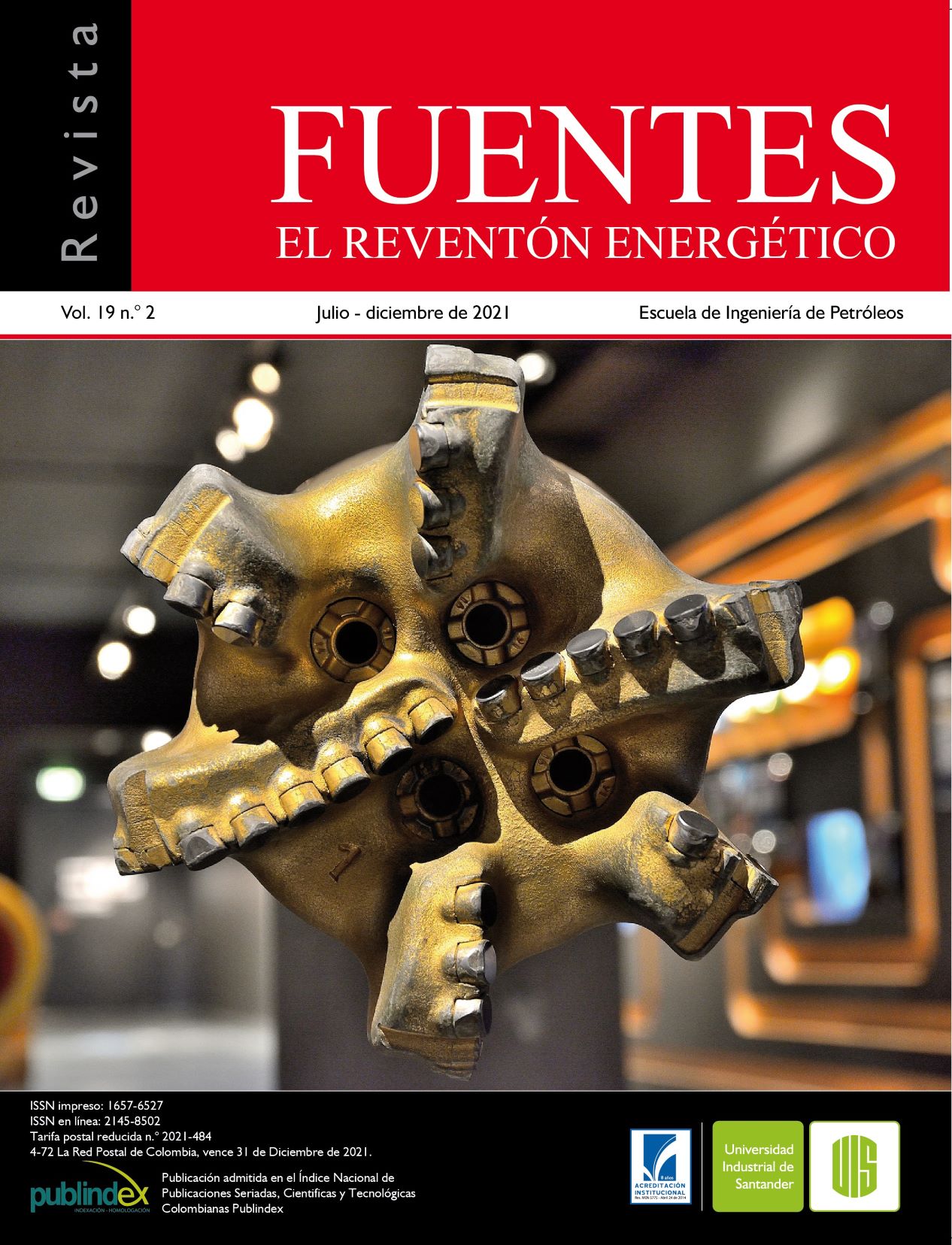Generating revenue from non-profitable targets. Successful Implementation of HiWAY & TSO fracture techniques in Shushufindi Field
Published 2021-12-24
How to Cite
Copyright (c) 2021 Universidad Industrial de Santander

This work is licensed under a Creative Commons Attribution 4.0 International License.
Abstract
The giant Shushufindi field, discovered in 1968, is located in the North-East of the Orient basin in Ecuador, neighboring Maranon and Putumayo basins in Peru and Colombia, respectively. The field belongs to Block 57, it started production in 1972 and is sparsely developed with 165 active wells. The production comes from two of the main cretaceous reservoirs: Ti and Ui, with Ts, Us and BT as secondary targets. The challenge to obtain incremental production from the main reservoirs becomes a tough task. The emphasis on producing from the secondary reservoirs turns into a crucial target for meeting the production expectations in the low production or abandoned wells. The main challenges in the secondary reservoirs are intermediate petrophysical properties, stratigraphic variability, low pay, lateral discontinuity, and shale intercalations. However, there is an important volume of recoverable volumes associated in these sands that makes them an attractive target for production enhancement. Performing conventional operation in secondary reservoirs has a wide margin of risk in terms of incremental production, where the average oil production is ~120 BOPD.
A strategy to improve conductivity in these marginal reservoirs is hydraulic fracturing. Induced fractures enhance permeability greatly by connecting pores together; with this, hydraulic fracturing becomes a critical technology to increase production. The effectiveness of hydraulic fracturing is determined by the propped conductivity and geometry,the fracture height, and half-length. Pad volume and proppant concentration also play an important role in the fracture-treatment design because they determine final propped fracture penetration and conductivity. A good understanding of the reservoir characteristics, together with a fit-to-purpose fracture design, led to a successful implementation of TSO and HiWAY fracture designs in the Shushufindi field, with outstanding results. During the 2018-2019 WO campaign, nine (9) well interventions involved hydraulic fracturing in secondary targets and two (2) in main targets. The execution of these jobs exceeded expectations generating oil production of 7000 BOPD (790 BOPD/well) after the jobs and revenue to the project, which translates to an estimated 6.9MM Bbls of recoverable reserves.
Downloads
References
- Economides, M.J., Hill, A.D. and Ehlig-Economides, C.: Petroleum Production Systems, Englewood Cliffs, New Jersey, USA, Prentice-Hall (1994).
- Khristianovich, S.A., Zheltov, Y.P., Barenblatt, G.I. and Maximovich, G.K.: “Theoretical Principles of Hydraulic Fracturing of Oil Strata,” Proc., Fifth World Petroleum Congress, New York (1959).
- Perkins, T.K. and Kern, L.R.: “Widths of Hydraulic Fractures,” paper SPE 89, Journal of Petroleum Technology (September 1961) 13, No. 9, 937–949.
- Prats, M.: “Effect of Vertical Fractures on Reservoir Behavior—Incompressible Fluid Case,” paper SPE 1575-G, SPE Journal (June 1961) 1, No. 1, 105–118; also in Trans., AIME (1961) 222.
- Warpinski, N.R.: “Measurement of Width and Pressure in a Propagating Hydraulic Fracture,” paper SPE 11648, SPE Journal (February 1985) 25, No. 1, 46– 54.
- SCHLUMBERGER OILFIELD GLOSSARY [Online]. http://www.glossary.oilfield.slb.com/en.
- FracCADE: Fracturing design and evaluation software www.slb.com/stimulation
